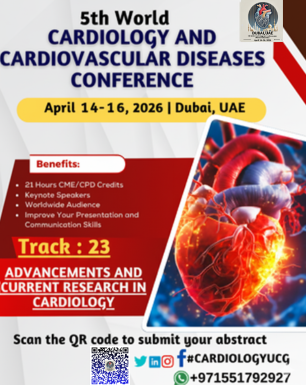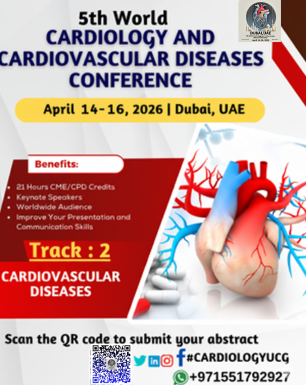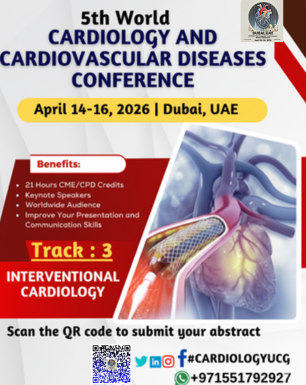



Sub Topics: Coronary Artery Disease, ...


1. Advances in Cardiovascular Imaging
Modern
imaging techniques, such as cardiac MRI, CT angiography, and 3D
echocardiography, have greatly improved the ability to visualize heart
structures and detect early signs of cardiovascular diseases. These imaging
tools allow for non-invasive assessments and more accurate diagnoses, leading
to better treatment outcomes.
2. Minimally Invasive Cardiac Procedures
Minimally
invasive techniques, such as robotic-assisted surgeries, catheter-based
interventions, and transcatheter aortic valve replacement (TAVR),
reduce recovery times and minimize the risks associated with traditional
open-heart surgery. These advancements allow patients to recover faster while
ensuring effective treatments for conditions like heart valve disease.
3. Artificial Intelligence (AI) in Cardiology
AI and
machine learning are transforming cardiology by enabling better prediction
models, risk stratification, and decision support. AI is used to analyze large
datasets, including imaging, genetic, and clinical data, to provide insights
into cardiovascular risk and improve diagnostic accuracy.